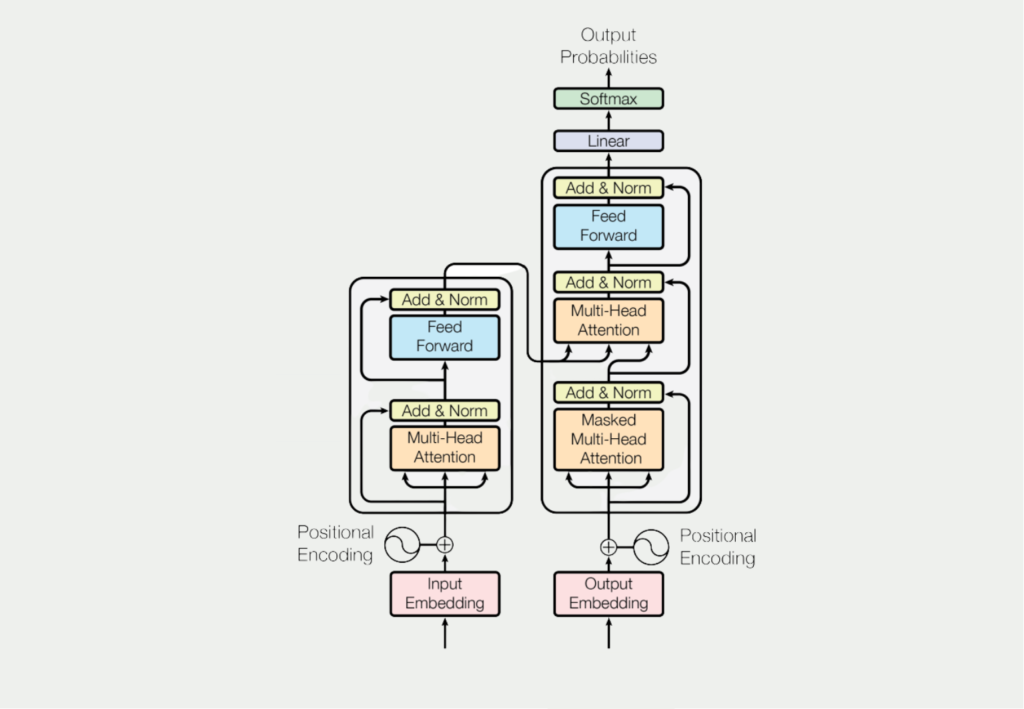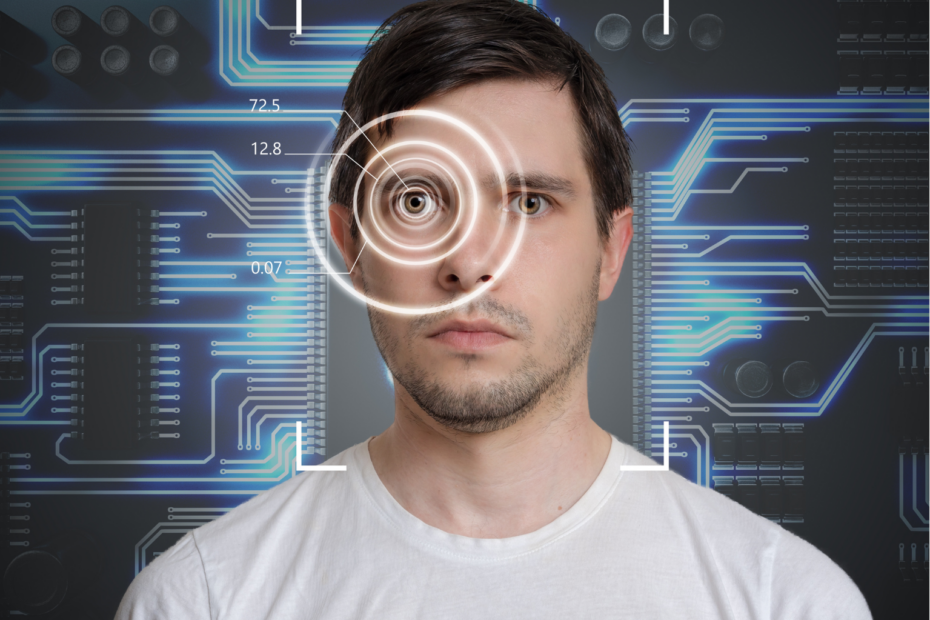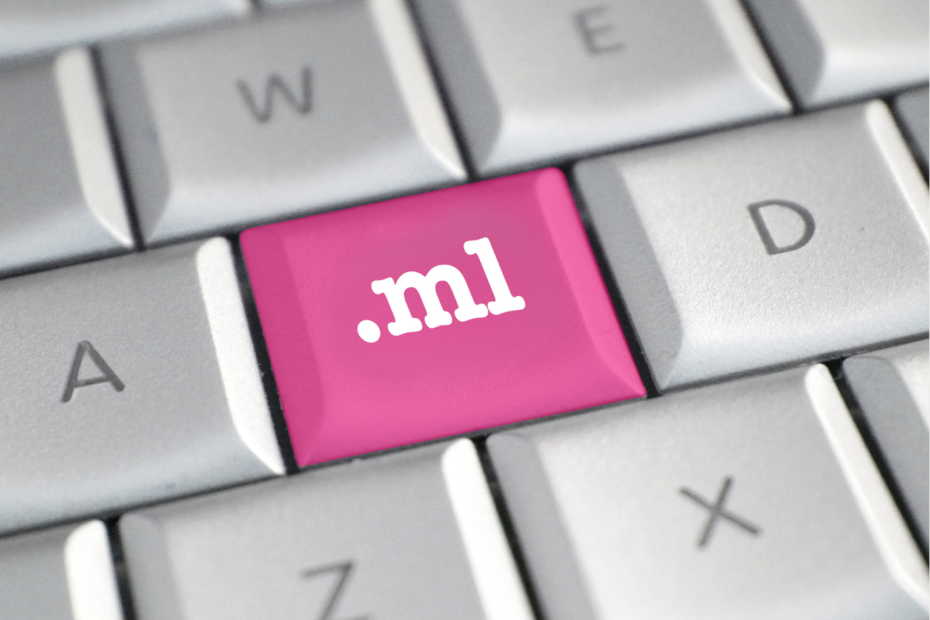ChatGPT is a powerful tool that has gained significant attention in recent years for its ability to generate natural language responses. It is an artificial intelligence language model developed by OpenAI that is capable of generating human-like text, including conversation and written content. The model is trained on massive amounts of text data and can respond to questions, carry out conversations, and even generate creative writing, all in a natural language that is difficult to distinguish from that of a human.
What is ChatGPT?
ChatGPT (Generative Pre-trained Transformer) is a language model developed by OpenAI, a leading research lab in artificial intelligence. It is based on the Transformer architecture, a type of deep neural network that has shown exceptional performance in NLP tasks such as language translation, text summarization, and question-answering.
ChatGPT is a “generative” model, which means it can generate text on its own by predicting the most probable next word in a sequence. It is “pre-trained” on massive amounts of text data from the internet, such as Wikipedia articles, books, and web pages, to learn the statistical patterns and structures of natural language. This pre-training process allows it to acquire a vast knowledge of the language and the ability to produce coherent and fluent text.
How does ChatGPT work?
ChatGPT uses a variant of the Transformer architecture called the “decoder-only” Transformer. This means that the model only has the decoder component of the Transformer, which is responsible for generating text based on an input sequence.

The input to ChatGPT is a sequence of tokens, which are the individual words or subwords that make up the text. The model then generates a probability distribution over the possible next tokens in the sequence, based on its learned knowledge of the language. It selects the most probable next token and feeds it back into the model as input, along with the previous tokens, to generate the next token in the sequence. This process continues until a maximum sequence length is reached, or a special end-of-sequence token is generated.
It can also be fine-tuned on specific tasks by training it on a smaller dataset of labeled examples. For example, it can be fine-tuned to generate natural language responses to user input in a chatbot or virtual assistant application.
What are the applications of ChatGPT?
ChatGPT has a wide range of applications in various fields, including:
- Chatbots and virtual assistants: ChatGPT can be used to generate natural language responses to user input in chatbots and virtual assistants. Its ability to generate coherent and fluent text makes it an excellent choice for these applications.
- Text completion and correction: It can be used to complete or correct text in a variety of contexts, such as writing, editing, and translation. It can generate text that is grammatically correct and semantically coherent, improving the quality and efficiency of these tasks.
- Content creation: It can also generate content for various purposes, such as news articles, product descriptions, and social media posts. Its ability to generate text that is informative and engaging can save time and effort for content creators.
- Language modeling and understanding: It can be used to model and understand the structure and meaning of natural language. It can be trained on various NLP tasks, such as text classification, sentiment analysis, and language translation.
What are the benefits of using ChatGPT?
ChatGPT offers several benefits that make it a popular choice for NLP applications:
- Versatility: It can be applied to a wide range of NLP tasks, making it a versatile and flexible tool for various applications.
- Efficiency: It can generate text quickly and accurately, saving time and effort for users.
- Customizability: It can be fine-tuned on specific tasks or domains, allowing users to adapt it to their specific application.
What are the limitations of ChatGPT?
ChatGPT is a state-of-the-art language model that has been trained on massive amounts of data to generate human-like responses to text inputs. However, as with any artificial intelligence system, ChatGPT has certain limitations.
One major limitation of ChatGPT is the potential for biases in its responses. The model is only as unbiased as the data it has been trained on, and if the data contains biased representations of certain groups, ChatGPT may generate responses that perpetuate these biases. This can be especially problematic in cases where the model’s responses are used to make important decisions that affect people’s lives.
Another limitation of ChatGPT is its difficulty in understanding the context of a conversation. The model may struggle to grasp the nuances of a conversation and provide relevant responses. This can lead to responses that are irrelevant or even inappropriate, especially in cases where the user is seeking specific information or help.
Finally, ChatGPT has limited domain knowledge and may not be able to provide accurate responses to complex or specialized questions. The model’s training data is not exhaustive and may not cover all possible topics or fields of knowledge. This can be a significant limitation in cases where the user is seeking specialized information or assistance.
How could ChatGPT change our world?
ChatGPT has the potential to change our world in several ways, as it enables us to process and generate natural language text in new and innovative ways.
- Revolutionizing Communication: It can be used to improve communication in various fields, such as customer service, healthcare, and education. Chatbots powered by ChatGPT can interact with customers, patients, or students in a natural language and provide personalized responses, improving the quality of communication and reducing the workload on human operators.
- Enhancing Accessibility: ChatGPT can also improve accessibility for people with disabilities, such as the visually impaired or those with motor impairments. For instance, it can generate text descriptions of images or videos or convert text to speech for people with difficulty reading.
- Improving Knowledge Management: It can be used to automate knowledge management tasks such as content creation, summarization, and organization. It can be used to summarize long documents, extract key information, and generate concise reports or articles, improving efficiency and productivity in various industries.
- Advancing Research and Development: ChatGPT can also be used to advance research and development in various fields. For instance, it can generate and analyze large volumes of text data, improving the speed and accuracy of natural language processing tasks such as sentiment analysis or language translation.
Overall, ChatGPT has the potential to change our world by revolutionizing communication, enhancing accessibility, improving knowledge management, and advancing research and development in various industries. As the technology continues to evolve and become more advanced, we can expect to see even more innovative applications and use cases for ChatGPT in the future.
How can you use ChatGPT?
There are several ways to try out ChatGPT and explore its capabilities. One option is to use an online chatbot platform powered by this language model. These platforms allow you to create and test chatbots without any coding experience. Some popular chatbot platforms that use ChatGPT include Dialogflow, Landbot, and ManyChat.
If you have coding experience, you can also access the ChatGPT API directly and integrate it into your applications. OpenAI offers a free API for non-commercial use, as well as paid plans for commercial use that come with additional features and support.
To get started with ChatGPT, you will need an internet connection and a device with a web browser. If you plan on integrating the model into your applications, you will need some coding experience, for example in Python, and access to a development environment.
The cost of using varies depending on your use case and the platform you choose. Some online chatbot platforms offer free plans with limited features, while others require a monthly subscription. If you choose to use the ChatGPT API directly, non-commercial use is free, while commercial plans start at $100 per month.
This is what you should take with you
- ChatGPT is a large language model developed by OpenAI based on the GPT-3.5 architecture.
- It is designed to generate human-like responses to text inputs, making it a valuable tool for a wide range of applications, from customer service and chatbots to virtual assistants and language translation.
- The model has been trained on a massive corpus of text data, enabling it to generate responses that are often indistinguishable from those of a human.
- One of the key advantages is its ability to learn and adapt to new contexts and topics, making it a highly versatile tool for natural language processing.
- Despite these concerns, ChatGPT represents a major step forward in the development of AI-powered natural language processing, with the potential to transform how we communicate and interact with technology.
What is Collaborative Filtering?
Unlock personalized recommendations with collaborative filtering. Discover how this powerful technique enhances user experiences. Learn more!
What is Quantum Computing?
Dive into the quantum revolution with our article of quantum computing. Uncover the future of computation and its transformative potential.
What is Anomaly Detection?
Discover effective anomaly detection techniques in data analysis. Detect outliers and unusual patterns for improved insights. Learn more now!
What is the T5-Model?
Unlocking Text Generation: Discover the Power of T5 Model for Advanced NLP Tasks - Learn Implementation and Benefits.
What is MLOps?
Discover the world of MLOps and learn how it revolutionizes machine learning deployments. Explore key concepts and best practices.
Other Articles on the Topic of ChatGPT
You can find the website of OpenAI here.

Niklas Lang
I have been working as a machine learning engineer and software developer since 2020 and am passionate about the world of data, algorithms and software development. In addition to my work in the field, I teach at several German universities, including the IU International University of Applied Sciences and the Baden-Württemberg Cooperative State University, in the fields of data science, mathematics and business analytics.
My goal is to present complex topics such as statistics and machine learning in a way that makes them not only understandable, but also exciting and tangible. I combine practical experience from industry with sound theoretical foundations to prepare my students in the best possible way for the challenges of the data world.





